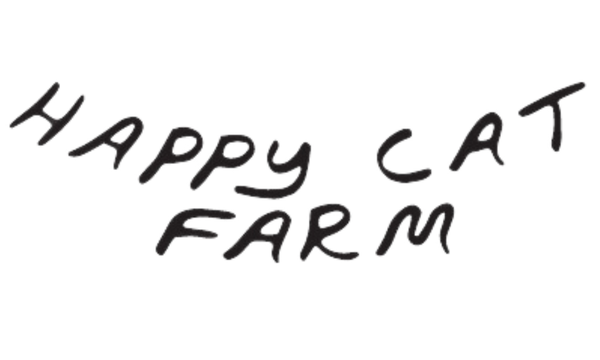Happy Cat Farm
Three Sisters Garden Collection
Three Sisters Garden Collection
Couldn't load pickup availability
Three sisters garden seed collection This is a group of rare seed that I have collected over the years. The three sisters is the backbone of much of the agriculture of indigenous peoples of the Eastern seaboard. The Mississippian culture (the middle Mississippian Culture c. 1200–1400) spread maize agriculture from Mexico into North America. As it spread it continued to go thru amazing changes that are apparent in such maizes as Gapse from in Canada to the Sehsapsing Black Flint that was raised locally here. The seed in this collection are all from local sources and are what would of been used by Lenni Lenape and other Iroquois tribes. The maize is Iroquois Tooth Corn -Iroquois Tooth Corn Seed. I first encounter this seed, years ago when I worked for William Woys Weaver at his Roughwood Farm. I have always been impressed by this plant, 12-15’ stalks that bare one and sometimes two ears that are just massive. The ears are protected from corn earworm (Helicoverpa zea my archenemy) for they are thick and numerous. The love the history of this corn, but for me the kicker is the flavor. It is a soft corn, having on of the largest soft starchy endosperms I have ever seen. This large endosperm lends makes the best corn flour and in turn corn beard I have ever made. (Sorry Sean Brock) The squash is Nanticoke Squash grown along the Delaware by native peoples this gray skinned orange fleshed squash has become a favorite on our farm, and among friends we have gifted it to. The bean is Amish Nuttle Bean ( Seneca Corn Hill,) That came to me from my grandfather collection. Lots has been written about this bean and it’s tons of names, but that’s what happens when many cultures and different people all live the same thing. I know Amish not very indigenous, but this bean has been in my family since it was (traded, shared or stolen. Let’s be honest) but this is me and being able to share this bean is part of my work to under the genocide that happened here and my part of the story and how we can build bridges between cultures
Share


